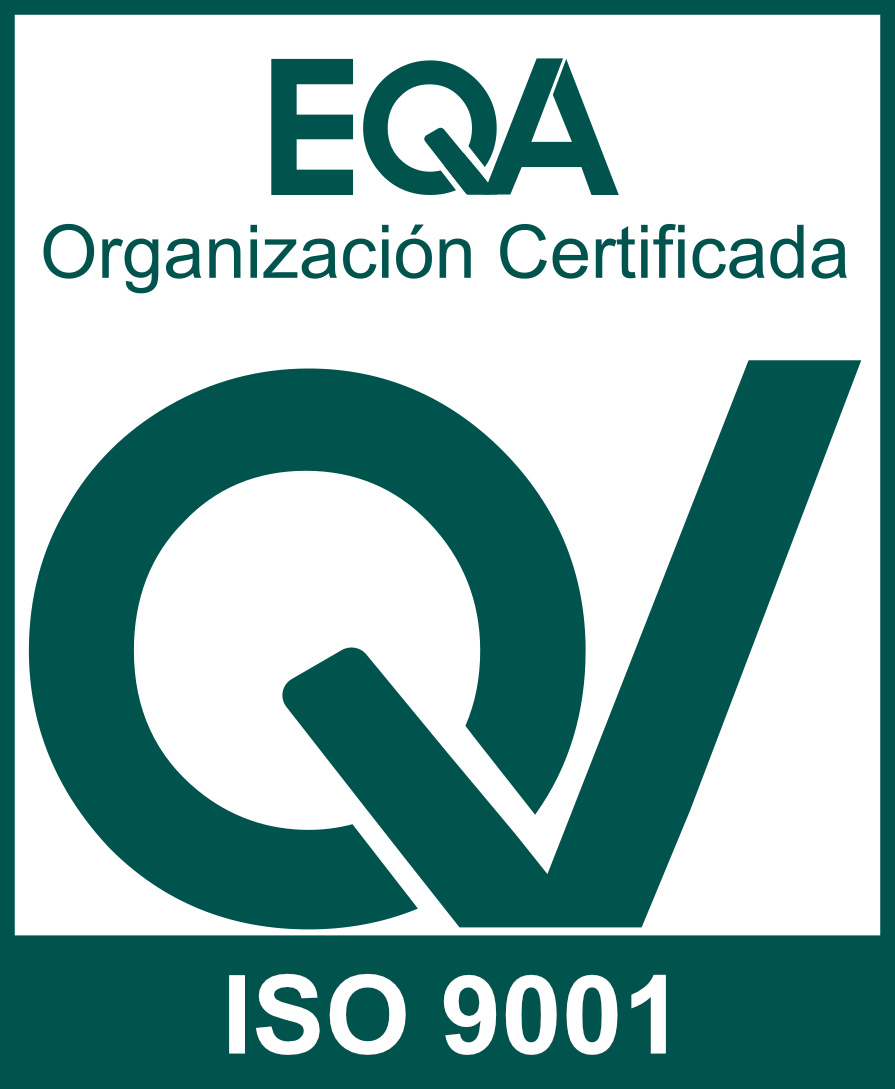The benefits of integrating Telecommunications in production models have been anticipated for quite some time. Now, no one doubts the potential of connected machines and their positive impact in all social and economic spheres.
As a result, the IoT phenomenon is undergoing a spectacular development, and everything suggests that this will continue.
Some studies show that the number of IoT connections will grow to 24.6 billion in 2025. For these growth estimates to become reality the key factor is the speed with which different use cases related to this area are designed and implemented. Use cases that, depending on each situation, can be oriented towards a large social mass or to a single enterprise or business sector with specific needs.
The experience tells us that if the impact of the use case on the user you are targeting is relevant, the implementation of the use case is carried out quickly. On the contrary, if the use case has a certain technological complexity or the number of potential beneficiaries is reduced, the adoption of the same slows down.
Commonly, use cases developed for the mass market are associated with a simplification of technology, which facilitates the development and adoption of the project. However, when talking about new production models with higher efficiency standards by incorporating telecommunications, the technological complexity is likely to increase. There is no doubt that the arrival of 5G is breaking down certain barriers, offer higher performance and facilitate the adoption of new use cases related to connected things. But it will be in exchange for greater complexity in the configuration and operations, both regarding the operators’ networks and the necessary infrastructure for the new production models.
These two aspects of IoT – massive IoT in the consumer markets versus critical IoT in the area of production – are going to be led by two different actors.
On the one hand, operators will be the sponsors of massive IoT, more interested in making the most of their investments by operating a single network for a high volume of subscribers with similar approaches and requirements. That is, they will promote massive connectivity of things without differentiating elements and with limited value added to the end customer, although perhaps appropriate for those cases where innovation is not a determining factor.
On the other hand, innovative companies will emerge that will seek to adapt to and develop the opportunities offered by the latest technological trends to the very criticality of their businesses. It will therefore be an exclusive IoT, with the ability to include differentiating elements in production to facilitate responses to specific needs of a sector or a single company. In the event that the sponsors are operators, we would be facing a push approach, with massively provided connectivity. In the case of companies sponsoring, we are faced with a pull approach, which will aim at generating an additional technological leap focused on efficiencies.
The reality is that no single approach exists. We will rather be seeing a wide variety of propostiions and with different degrees of involvement from the operator side. The IoT project thus becomes a multi-faceted prism with several faces, which means that counting on the support of a telecommunications consultancy who is able to make the most of the capabilities offered by operators, as well as the new standards, is more than just convenient. The specialisation of the consultant in everything related to the opportunities that the technology offers, together with the customer’s knowledge about the workings and operations of its own industry, will produce a perfect symbiosis capable of drawing the company’s roadmap towards the digitisation of its business by incorporating new operating models that implies real innovation. IoT is therefore becoming the catalyst for digital transformation at both the consumption and production levels.
The two approaches are complementary and constitute two different aspects of the same unstoppable trend. The mass adoption of connectivity of things is necessary to advance the digital transformation of the society in the field of consumption. On the other hand, the adoption of critical IoT by companies contributes to the digital transformation of society in the field of production. The latter has its exponent in the phenomenon known as Industry 4.0. that seeks more modern and efficient production models, capable of getting us closer to the Sustainable Development Goals, so vital for the planet at this moment.










